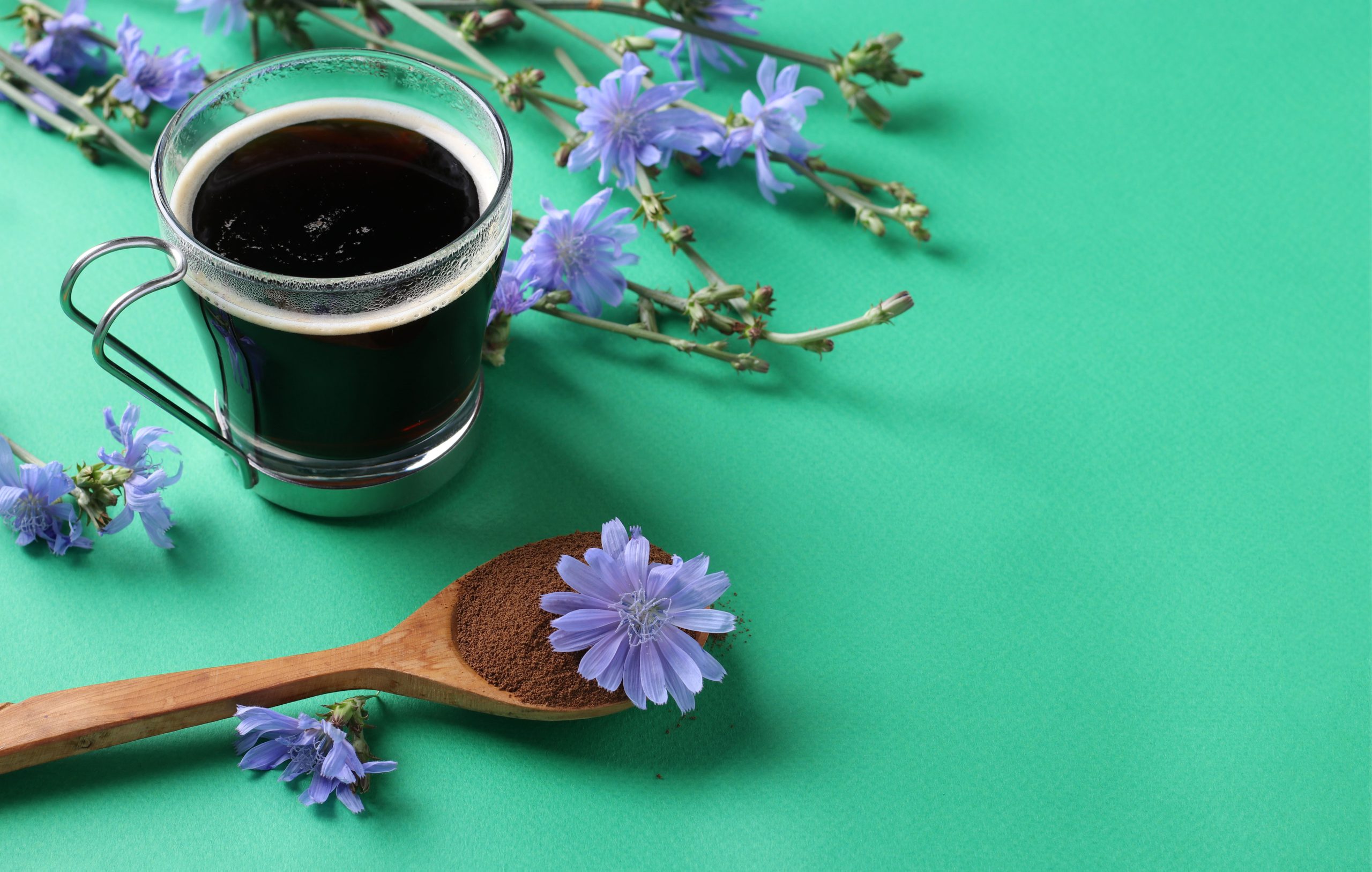
New EU Regulation 2022/1370 to limit consumption of ochratoxin A
On August 5th, 2022, the European Commission issued the new EU Regulation 2022/1370, updating the previous EC Regulation 1881/2006, and amended the list of foodstuffs that contribute to human exposure to ochratoxin A.
Underlying this decision is concern about the intake of foodstuffs, contaminated with this mycotoxin, in quantities potentially dangerous to human health.
Read on to find out about the consequences of EU Regulation 2022/1370 and the measures we at EPO have decided to take for our extracts.
Ochratoxin A: what is it and what are the health risks?
The presence of ochratoxin A (OTA) in food is a growing public health concern. In this context, the European Food Safety Authority - EFSA has recently published a scientific opinion on the genotoxicity and carcinogenicity of OTA, showing how important it is to closely monitor this mycotoxin.
But where does it come from and what are the risks of its consumption?
Ochratoxin A is produced naturally by certain species of fungi in the Aspergillus and Penicillium genus, which can contaminate food products such as cereals, coffee, sultanas, dried fruit, wine, spices, herbs and roots (such as liquorice). This mycotoxin is formed during sun-drying and storage of the crop.
Back in 2020, EFSA had already published a scientific opinion on the public health risks associated with the presence of OTA in food, as new data had emerged regarding its genotoxicity, i.e. its ability to directly damage DNA, the genetic material of cells, in addition to its previously known carcinogenic effects, especially on the kidney.
The expert panel also calculated the so-called margin of exposure (MOE), a tool used by risk assessors to analyse possible safety concerns arising from the presence of genotoxic and carcinogenic substances in food.
These assessments were used by the European Commission to decide the maximum levels of OTAs allowed in food. The new regulation, in fact, replaces entry 2.2 of the Annex to Regulation (EC) No 1881/2006, Section 2. It is, therefore, a matter of:
- Introducing limits for products not previously regulated, such as dried herbs and certain roots used for infusions or as coffee substitutes
- Extension of its application in the case of certain categories, such as all dried fruits
- Lowering the limits for some products, such as coffee, both roasted and soluble.
How does the new EU Regulation apply to botanicals?
The new EU Regulation 2022/1370 came into force on 1 January 2023, with the exclusion of products legally placed on the market before that date and up to their date of minimum durability or use-by-date. The foodstuffs that concern us closely are liquorice, dried herbs and certain ingredients for herbal infusions, as they are mentioned in the Annex (categories 2.2.15, 2.2.16 and 2.2.17).
However, after discussions with trade associations and the Ministry of Health, it would appear that this EU regulation is not strictly applicable to herbal raw materials and extracts produced from them. A dialogue with the authorities is still open in order to clarify this position.
EPO measures in the light of the new EU Regulation
In spite of this, since the end of 2020 EPO has decided to implement a self-control plan to monitor OTA levels in dried herbs, focusing mainly on roots, seeds and rhizomes, i.e. the parts of plants most at risk of contamination. Data collected so far have detected the presence of OTA, but always below legal limits, including those of the new regulation. High-risk herbs will continue to be tested every three years to ensure their safety.
EPO has also revised the technical specifications of its herbal raw materials and requires suppliers to adapt and pay attention to the limits specified in category 2.2.16 (dried herbs).
In conclusion, in spite of the restrictions introduced by the new EU regulation, EPO has taken measures to ensure the safety of its products and has activated constant monitoring of herbal raw materials and extracts derived from them.
We remain available to activate a fruitful exchange of information between all parties involved and to support our customers in case of doubts or if more information on the new regulation is needed (qualityassurance@eposrl.com).